One of things that I found interesting mentioned having what your child is working on in ST correspond with what they are doing in the general ed curriculum. An example was if the science lesson is on tornadoes the vocabulary words would include spheres and cylinders. The ST should get the vocabulary words so the child can work on those words since it pertains to the lesson they're learning.
I know I'm not explaining it as well as it's described in the book, but it did make a lot of sense! Shortly after reading that is when Kayla brought home the study paper on the continents. I thought that was a great example of if the ST had this she could have been working on the articulation of the names of the continents with Kayla.
I checked this book out of the library but am ordering one for myself so I can read it more thoroughly and keep it for reference.
Another book that I'm getting a lot of ideas from is Teaching Math to People With Down Syndrome and Other Hands-On Learners. One section sounded like she was describing Kayla. It was kind of like an 'ah-ha' moment. "There is a pattern from 14-19 where you say the 'ones' first and then the 'teens.' This pattern is opposite from the pattern used in 21 and beyond. Some students will have difficulty writing down the teen numbers because they hear the digit in the ones place (such as four) before they hear the indicator for the tens (teen)... thus writing 41 for 14. Then 11, 12, and 13 don't fit any pattern. I have found most young students do not hear the sound "thir-" in thirteen as indicating 3."
Thirteen and fourteen are difficult for Kayla and for us to know if she is differentiating them. She can identify them written, but if she is counting out loud (not looking at or pointing to anything) her pronunciation of 13 and 14 are almost identical. And sometimes I think she thinks the number is the same when she says it. So it's hard to know if she is counting 13, 14, 15 when rote counting. I have also seen her write her teen numbers backwards and now I understand why she's doing it. She's hearing "four...teen" so she's writing the 4 first.
So lots of good reading in these books ... just wish I had started earlier!
 Grab This Button
Grab This Button 

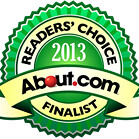
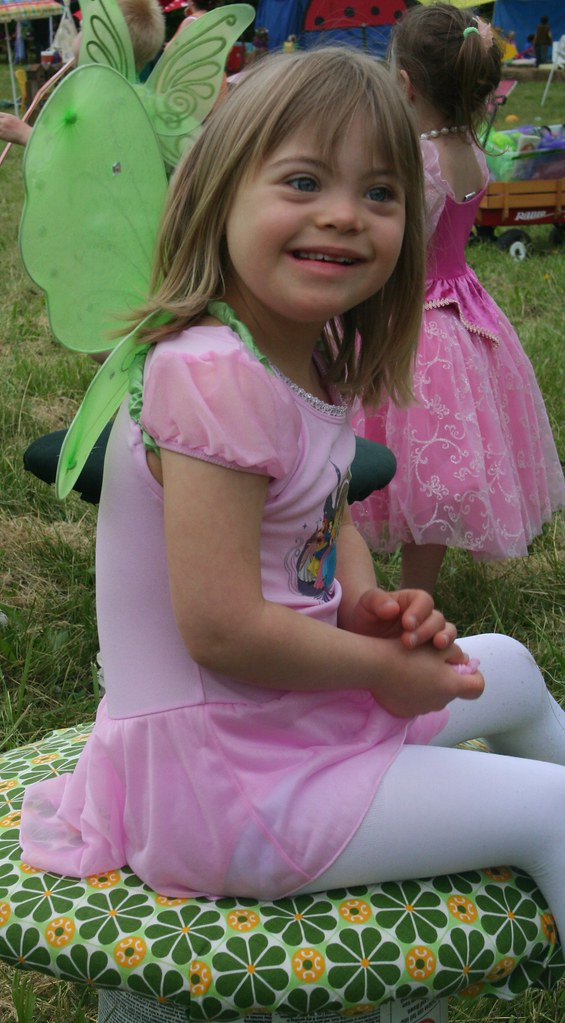

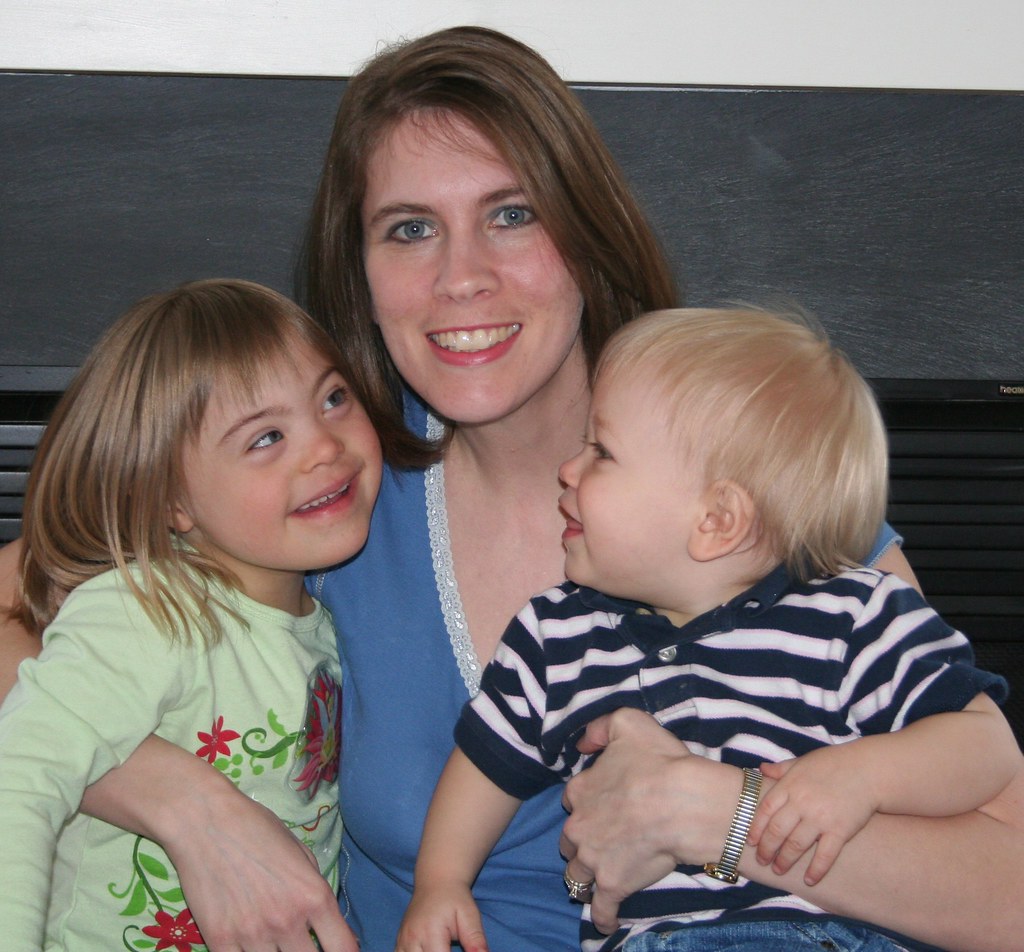
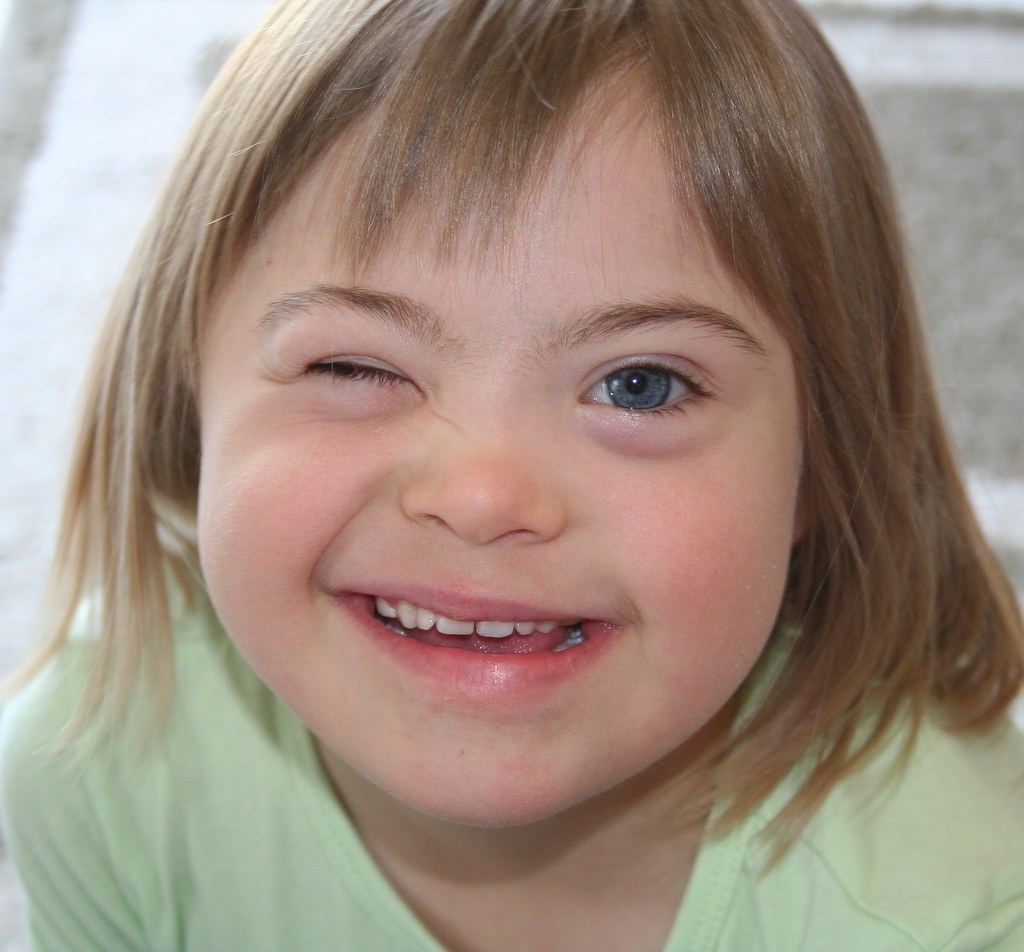
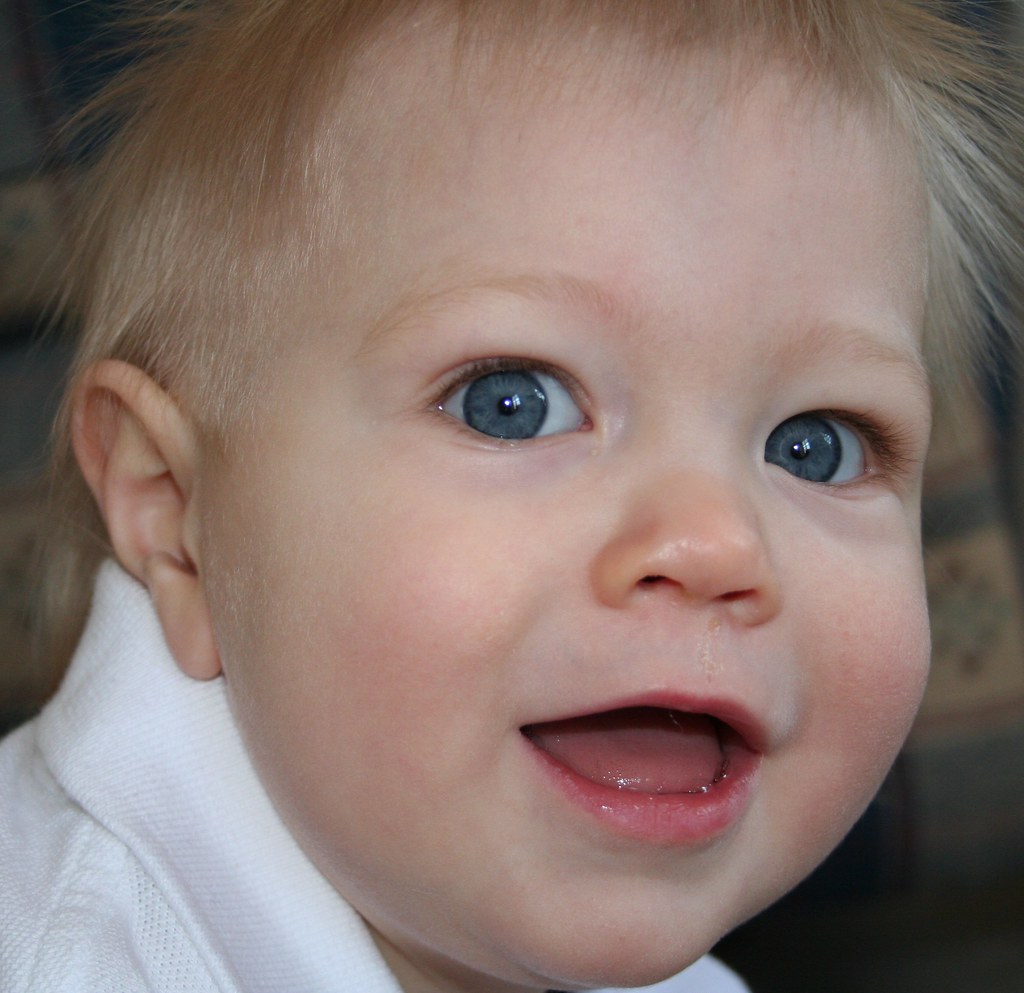
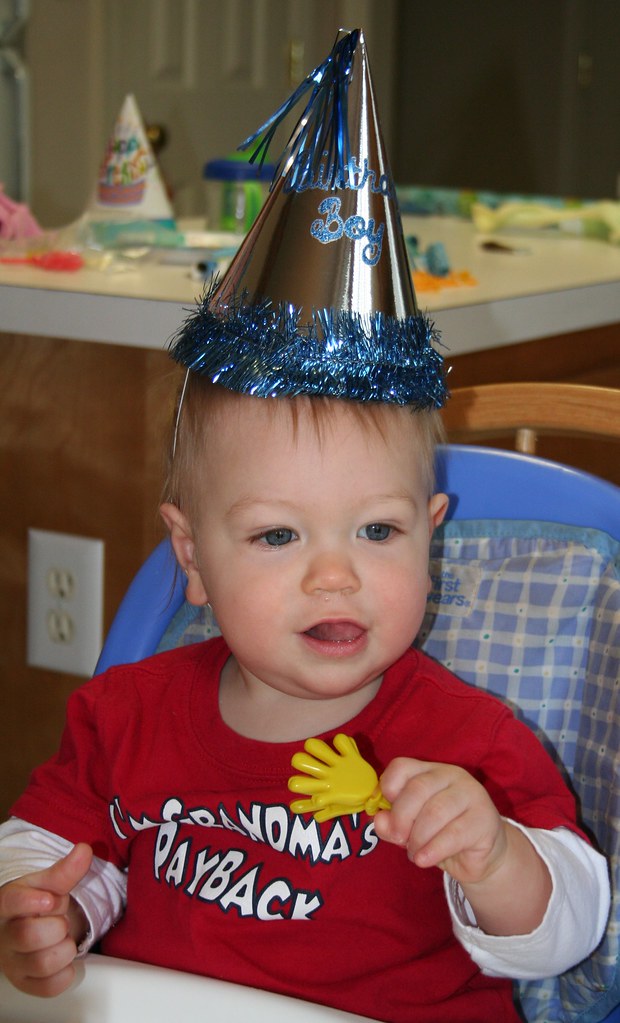


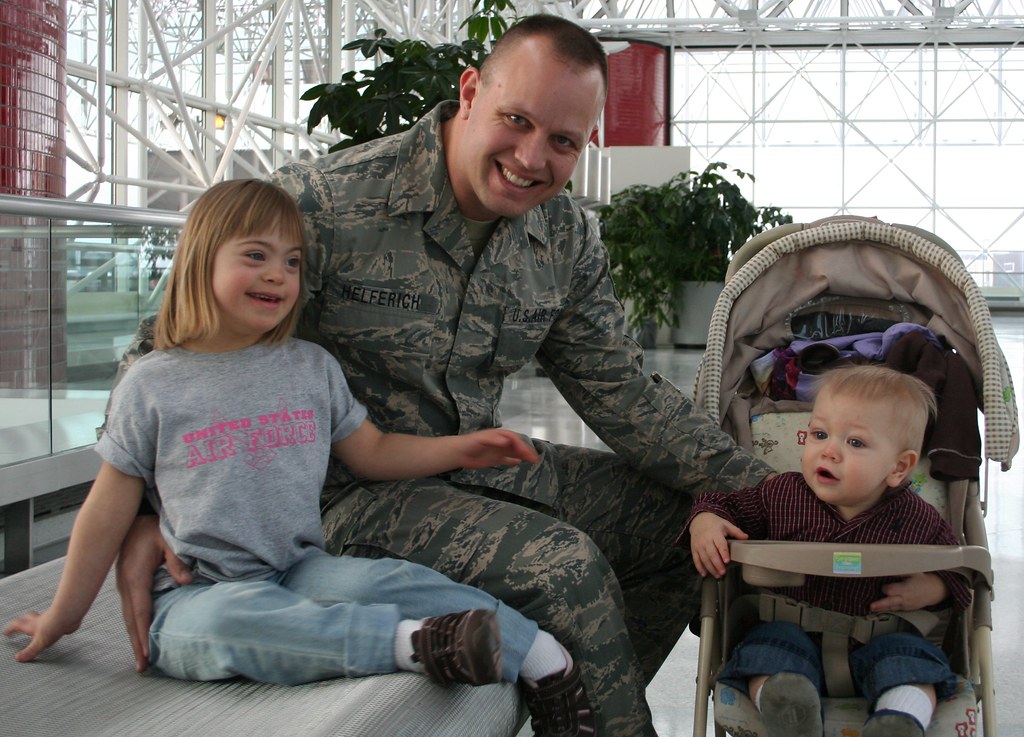
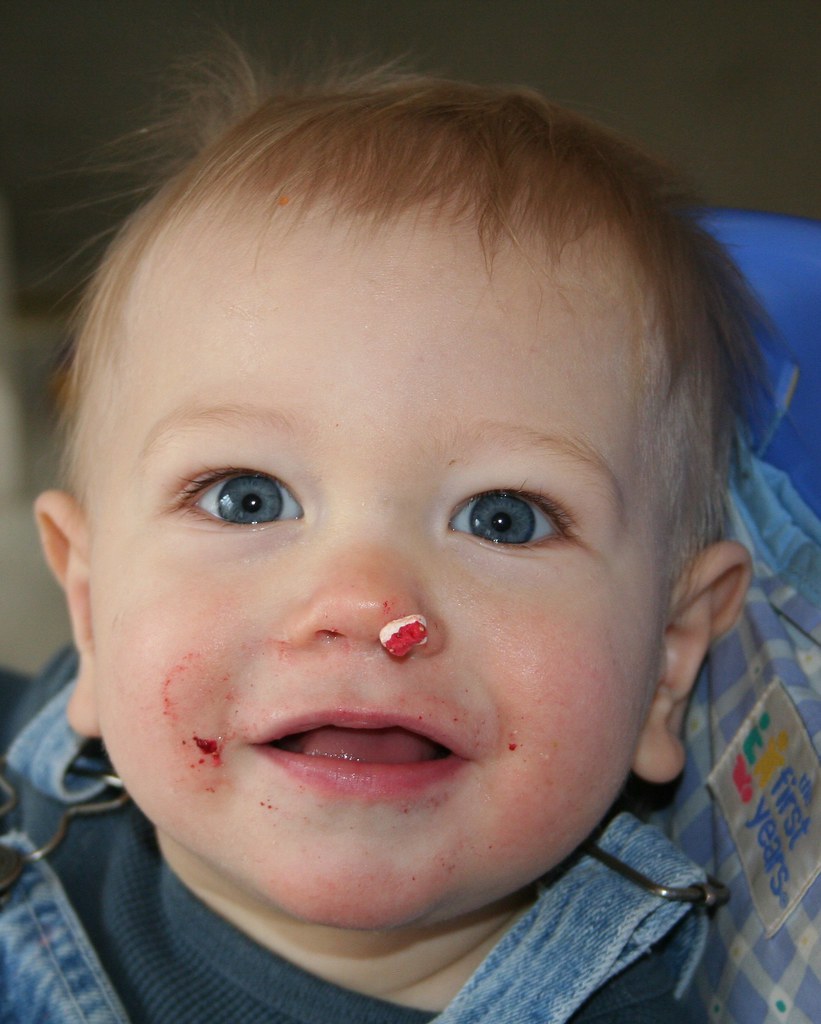
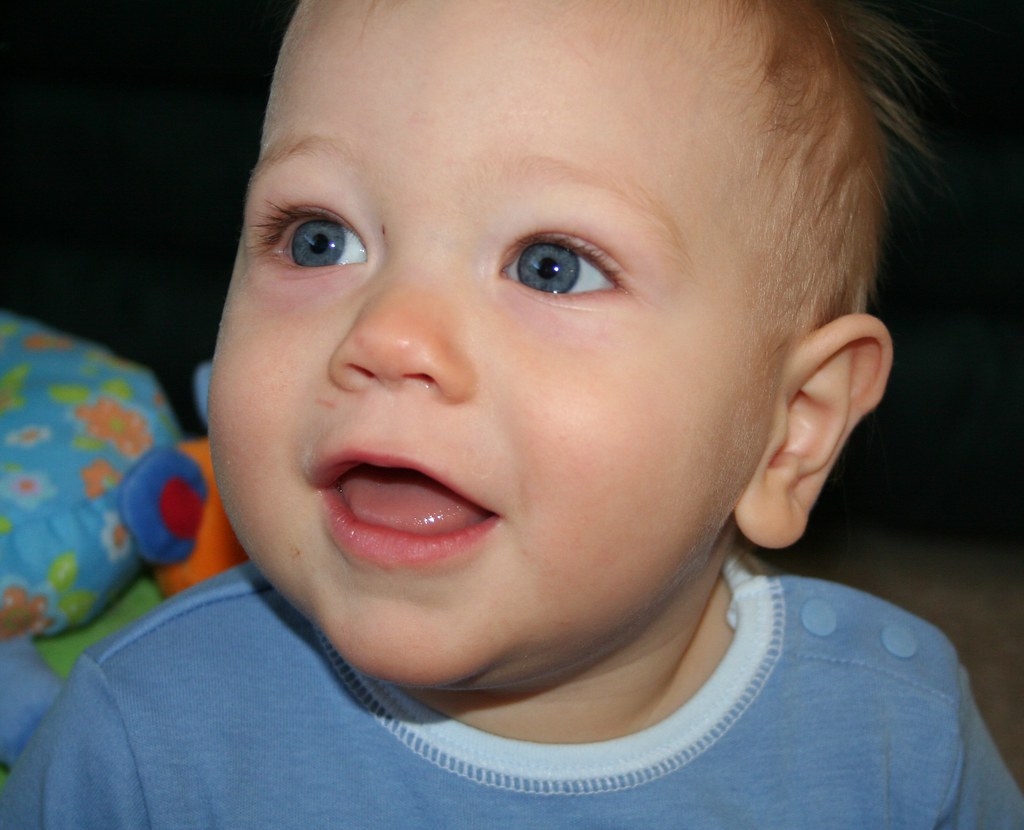
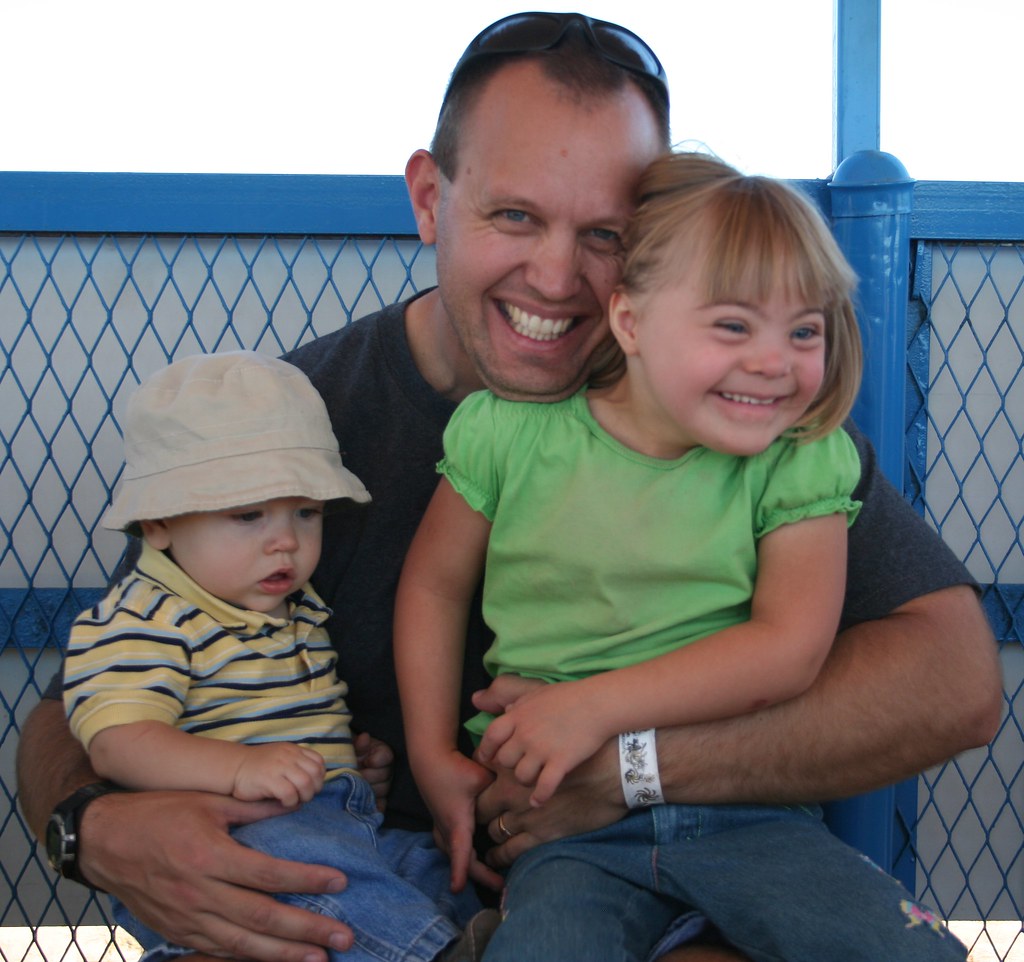
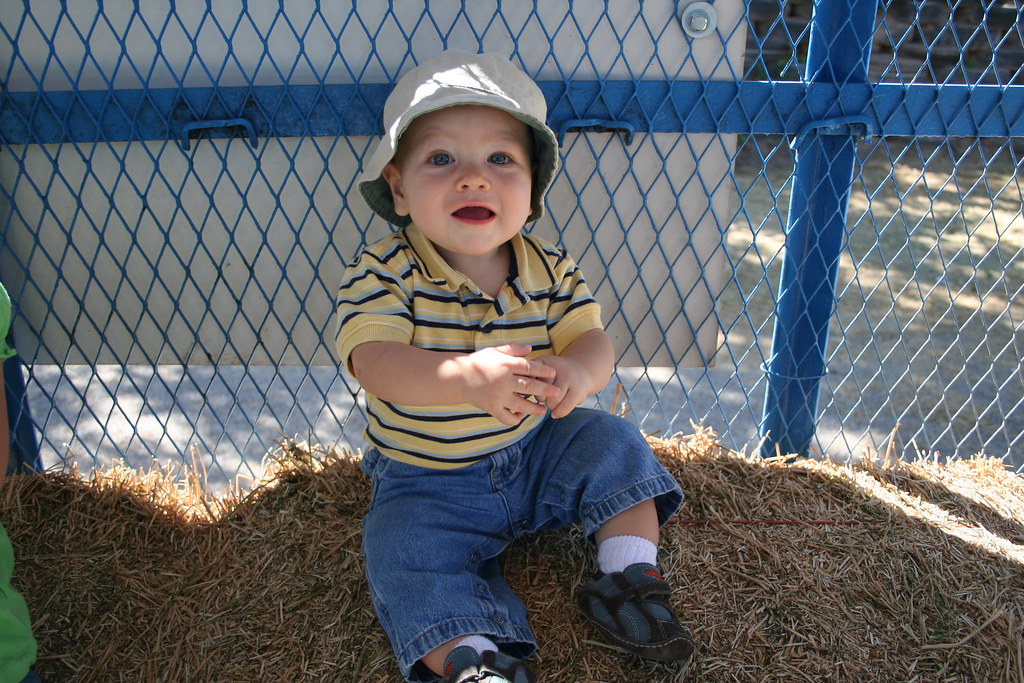
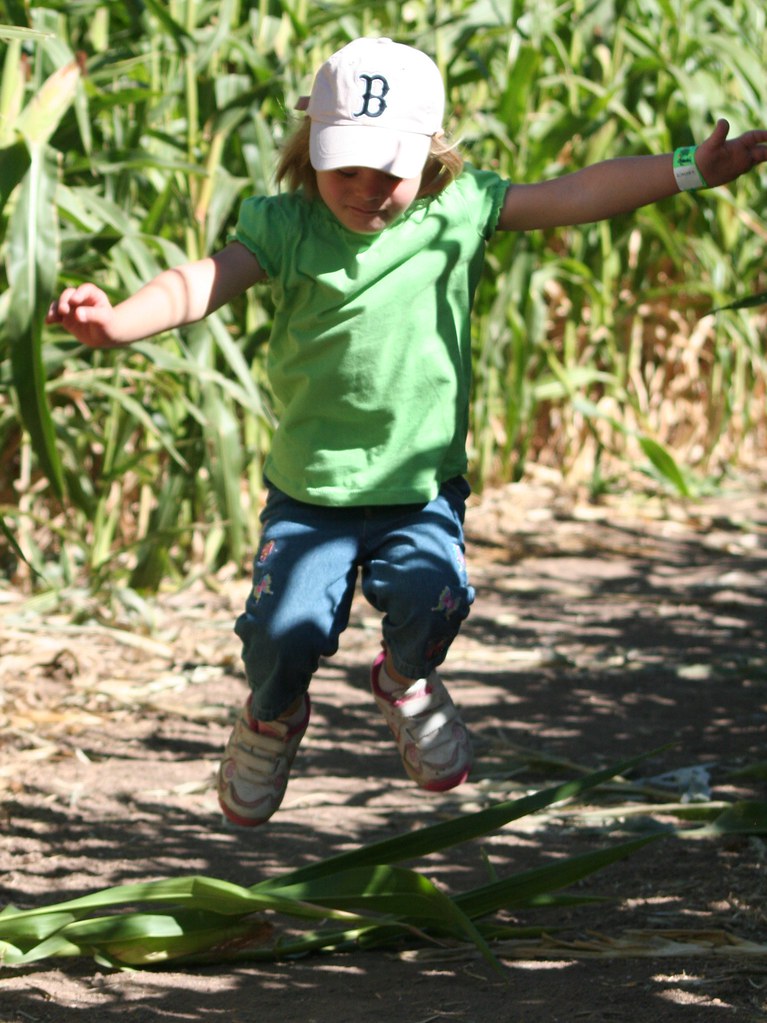
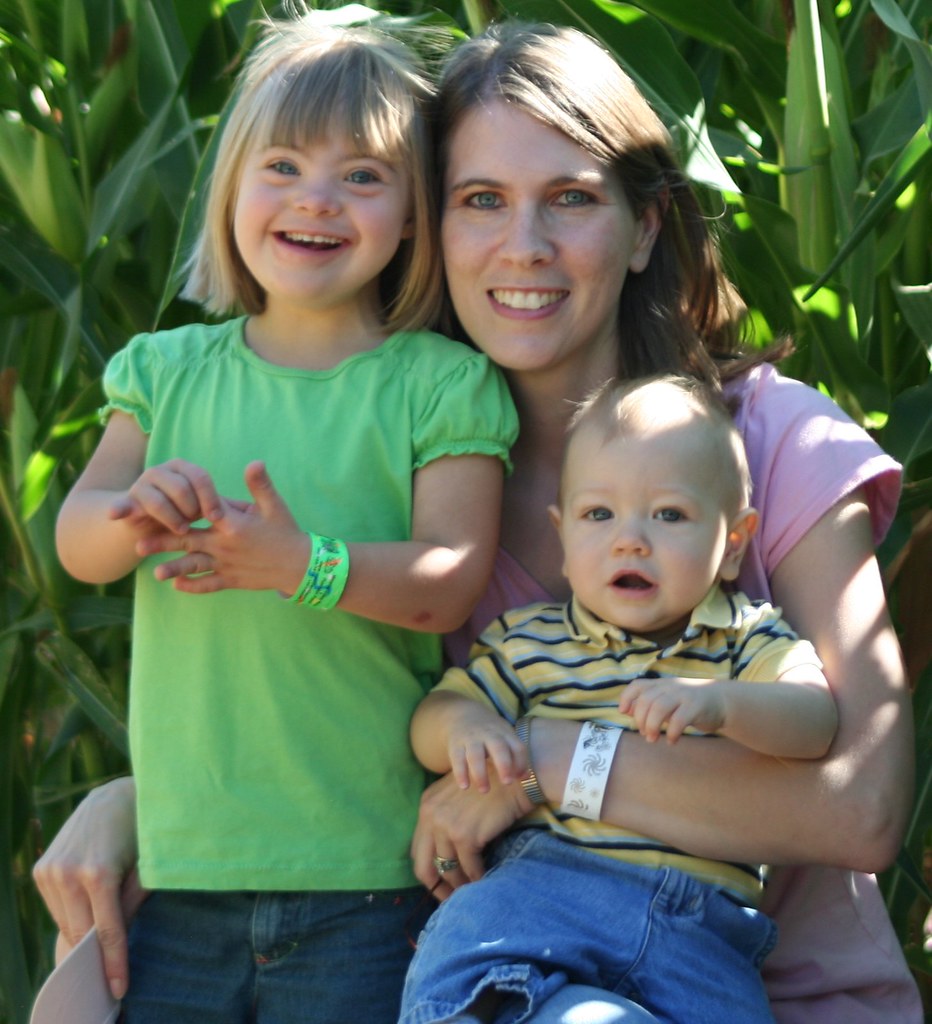
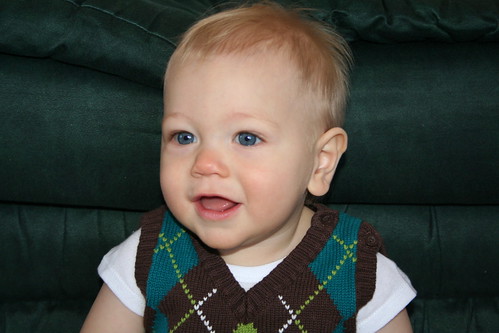
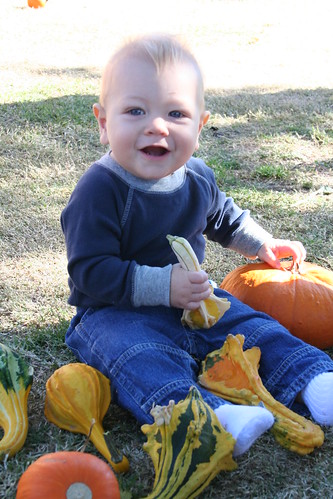
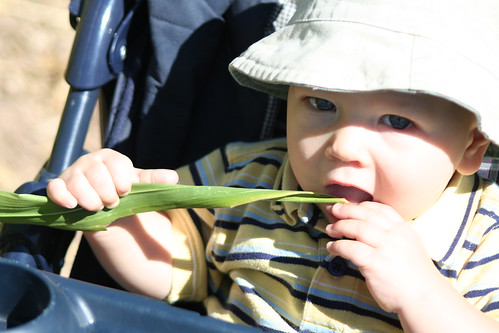
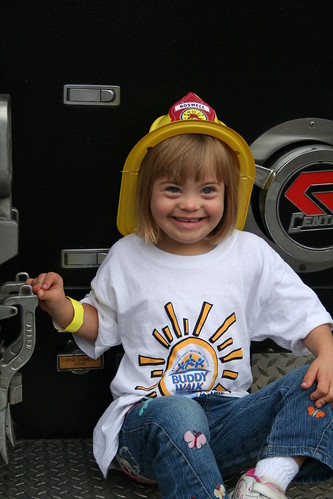
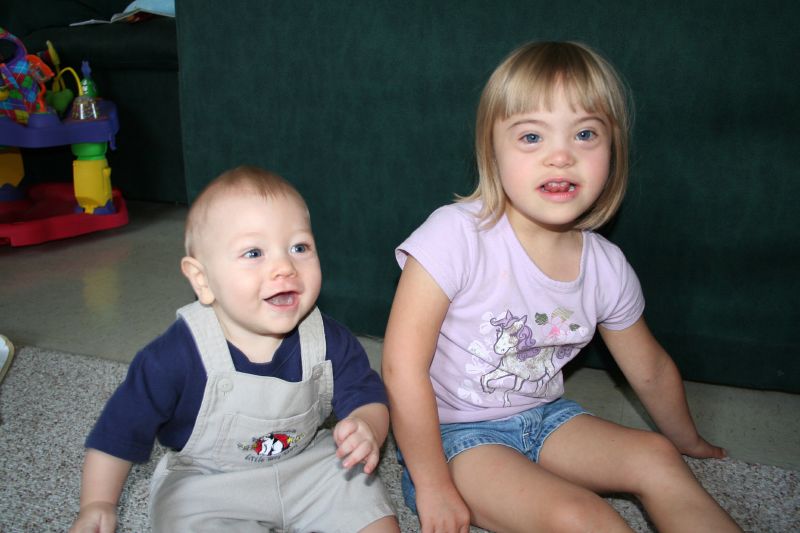
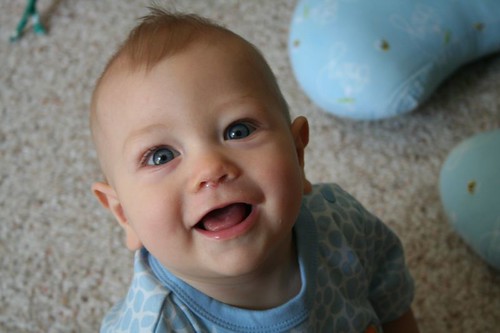
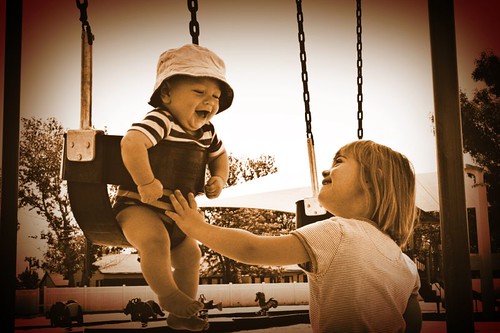
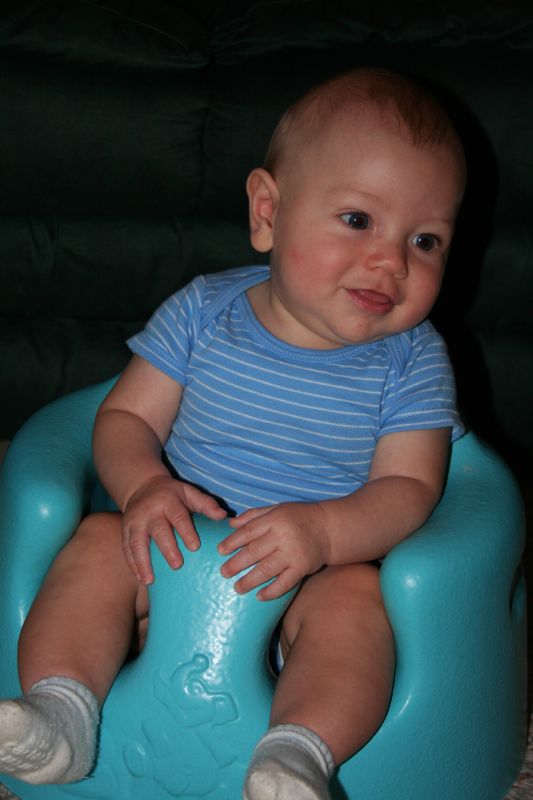

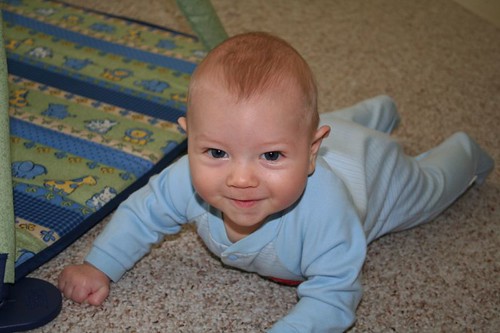
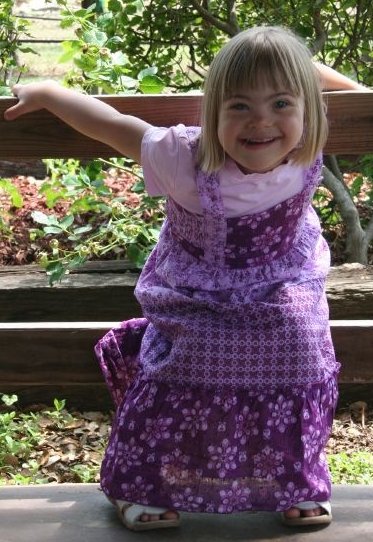
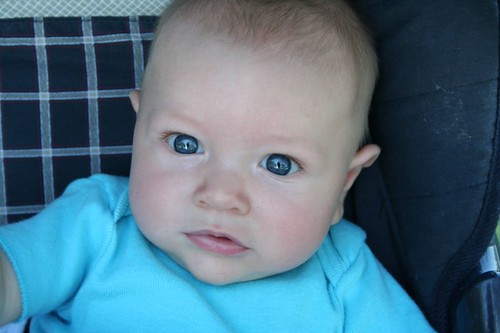
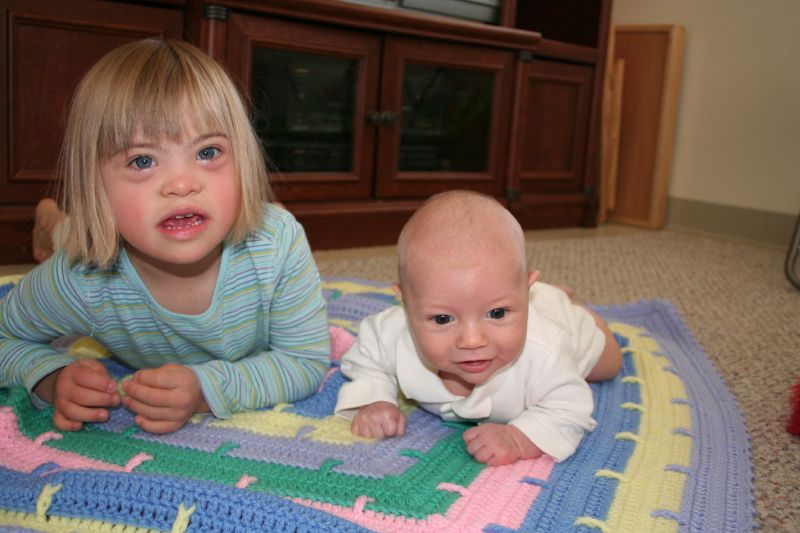
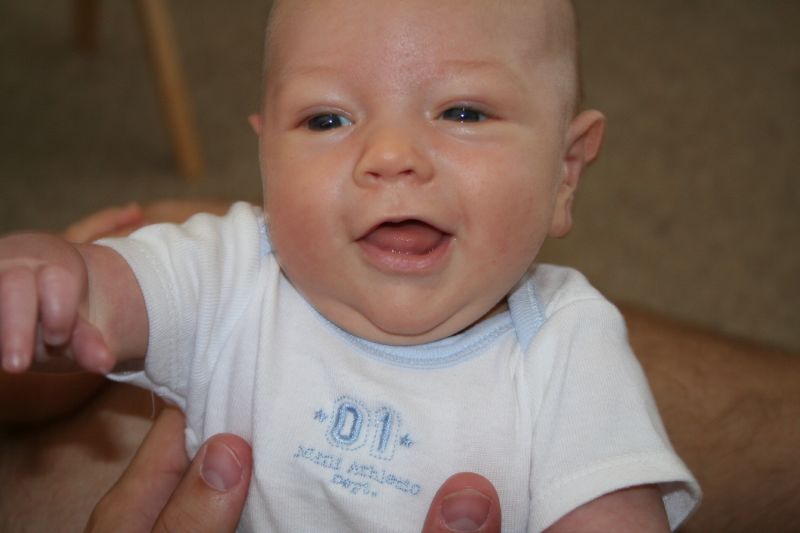
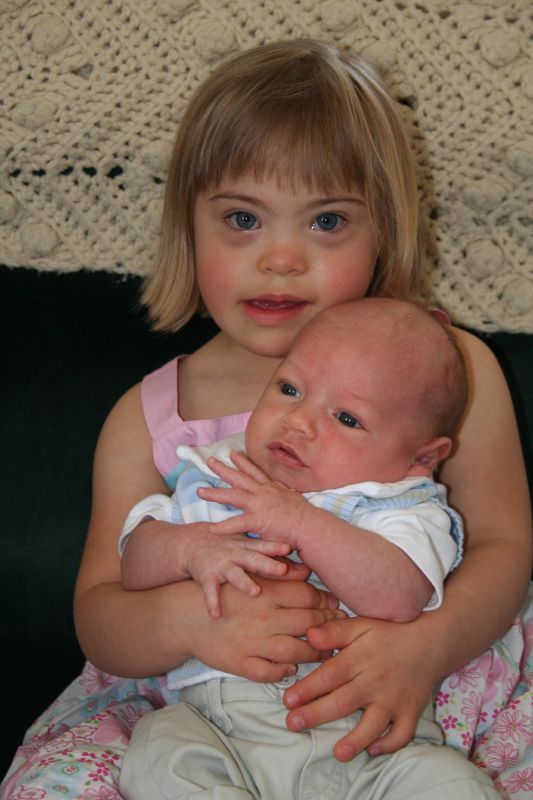
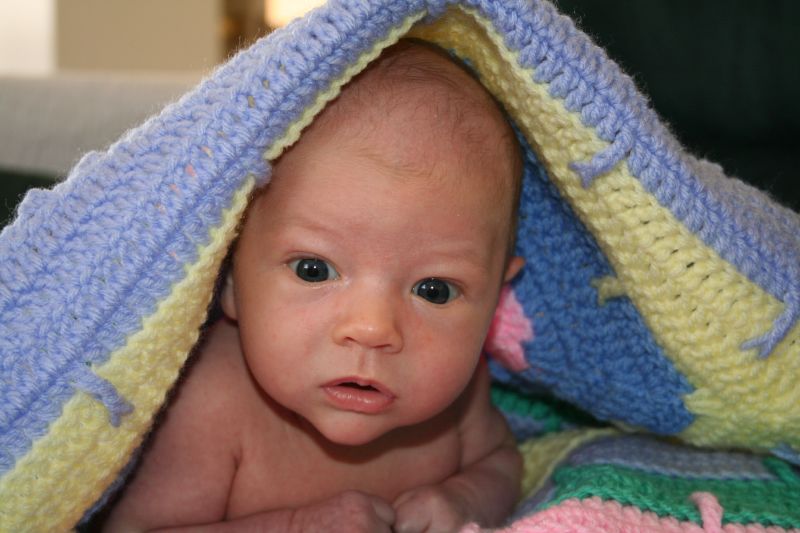
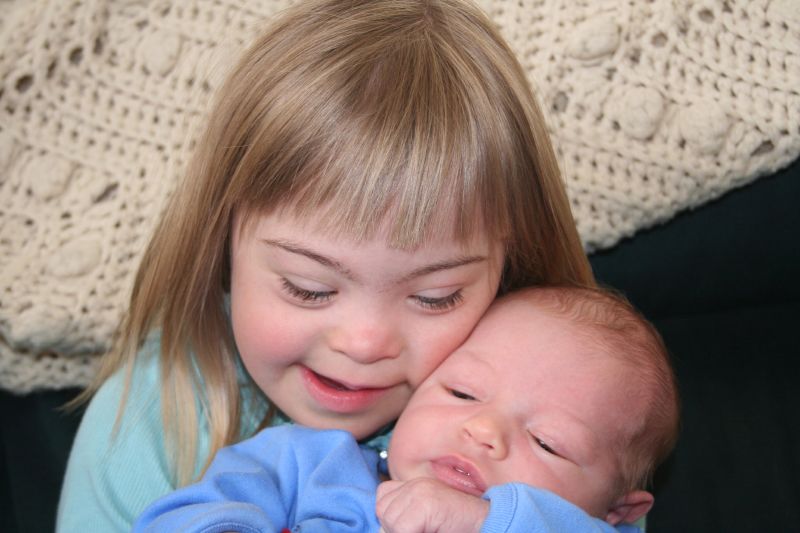
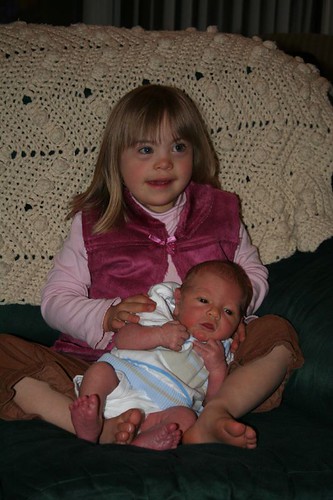
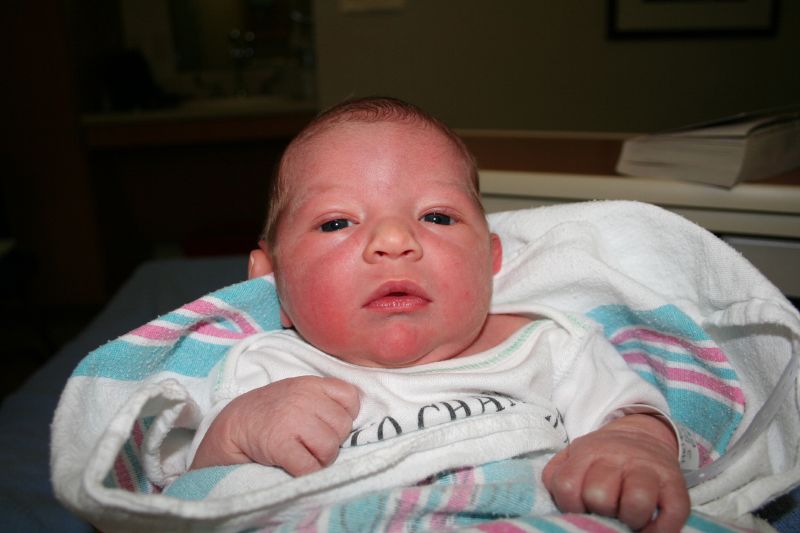
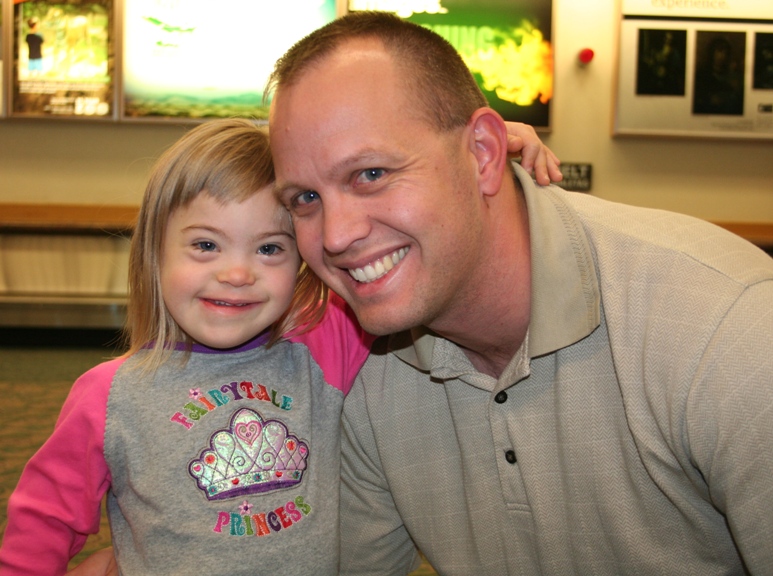
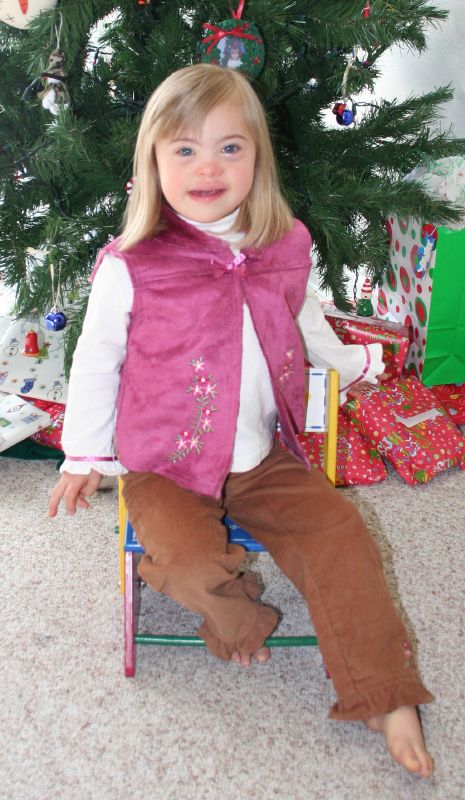
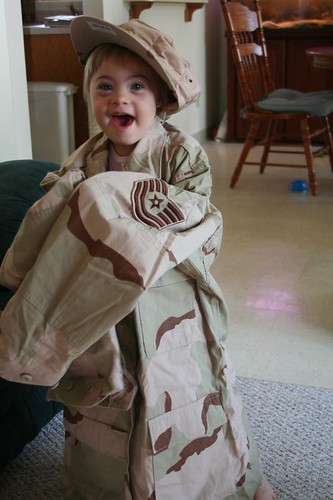
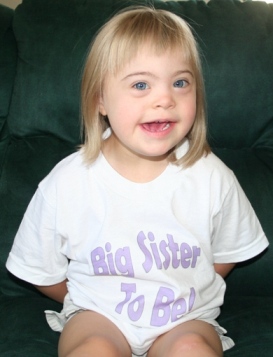
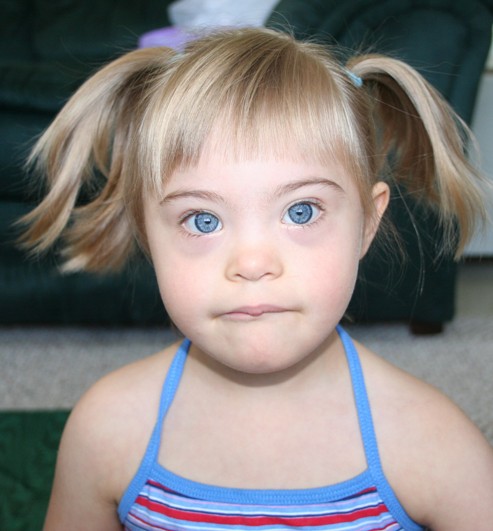
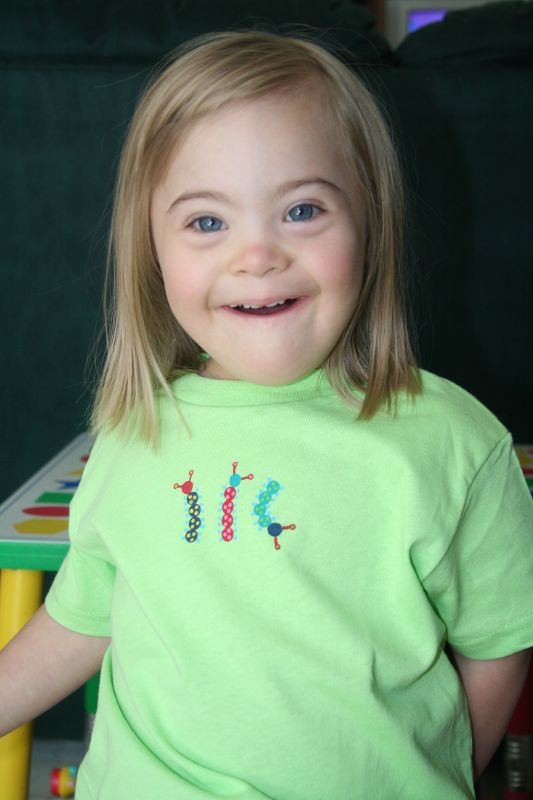
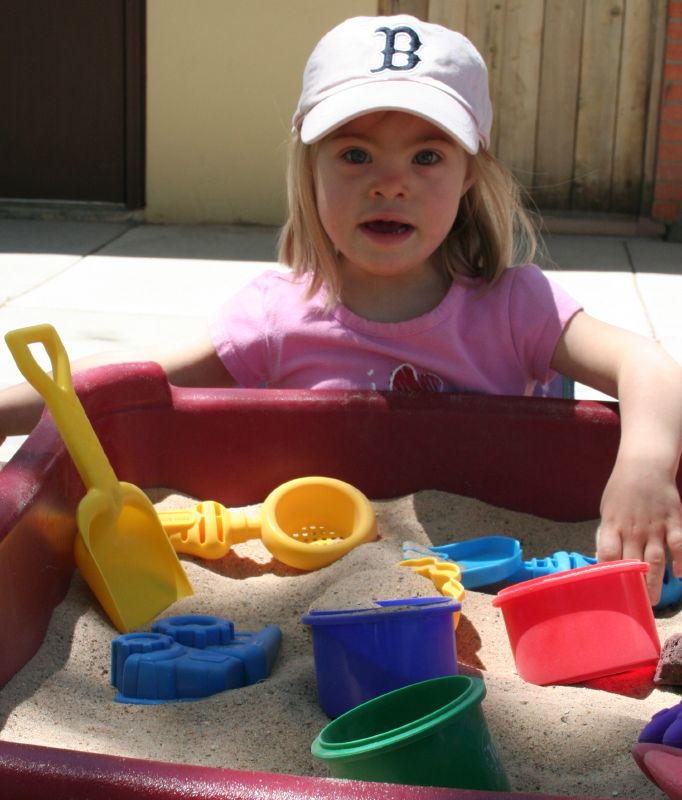

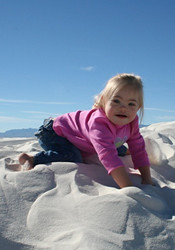
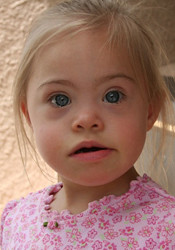
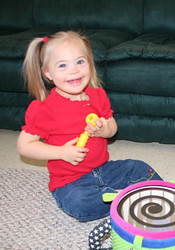



4 comments:
Counting is SO much easier in Chinese - they just say 1-10, then ten-one is 11, ten-two is 12, etc... 20 is "two-ten" so twenty five would be "two-ten five". My husband is virtually a native English speaker but still uses Chinese for counting and maths. I think that having a number system which is more logical may be a (small) part of the reason why so many Chinese are good at math ;)
I've never seen that book! And now that Samantha is in Kindy, I think it's high time I go and get it. Thanks for this post.
Sammi has an hour of resource time one on one with the resource teacher after class, and they do work on what they're doing in the classroom, which we find really helpful!
I have never seen that book but Im going to check it out...and IM sure it will come in handy now that we are starting school...Thanks for the heads up!!!
You truly are such an inspiring mom. Trust me, she is still really young and you have time. I think it's great that you're seeking these things out.
Post a Comment